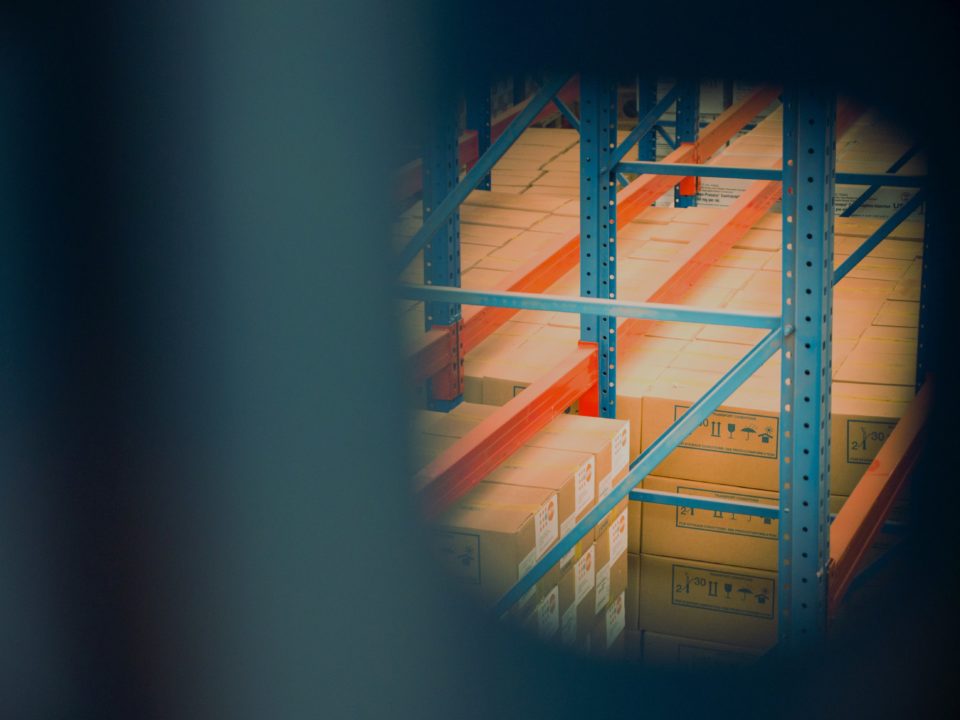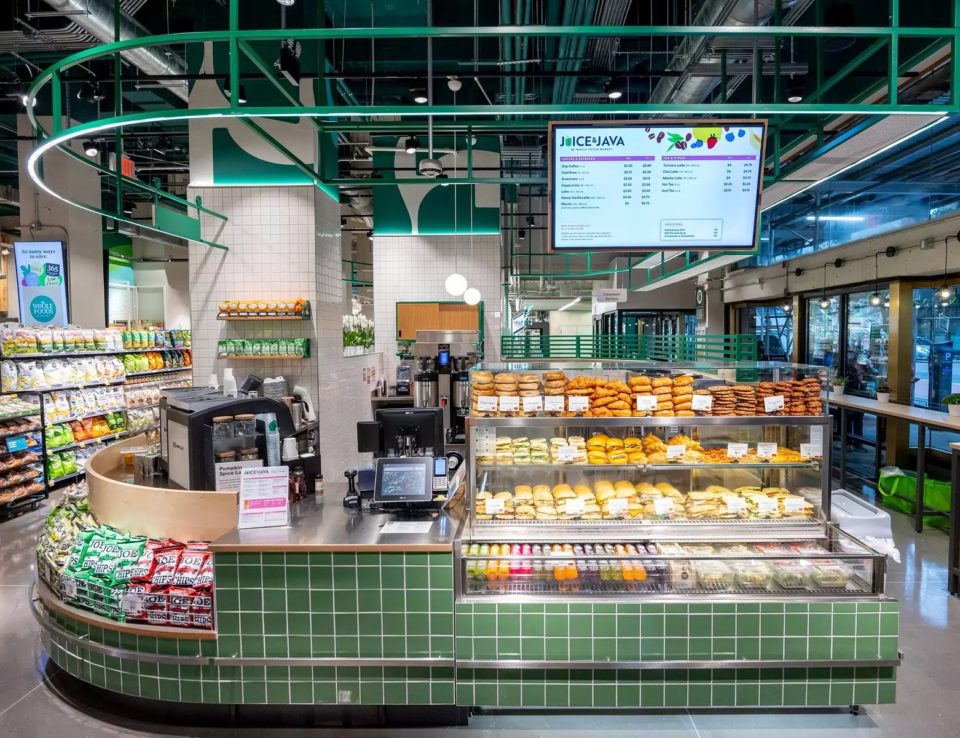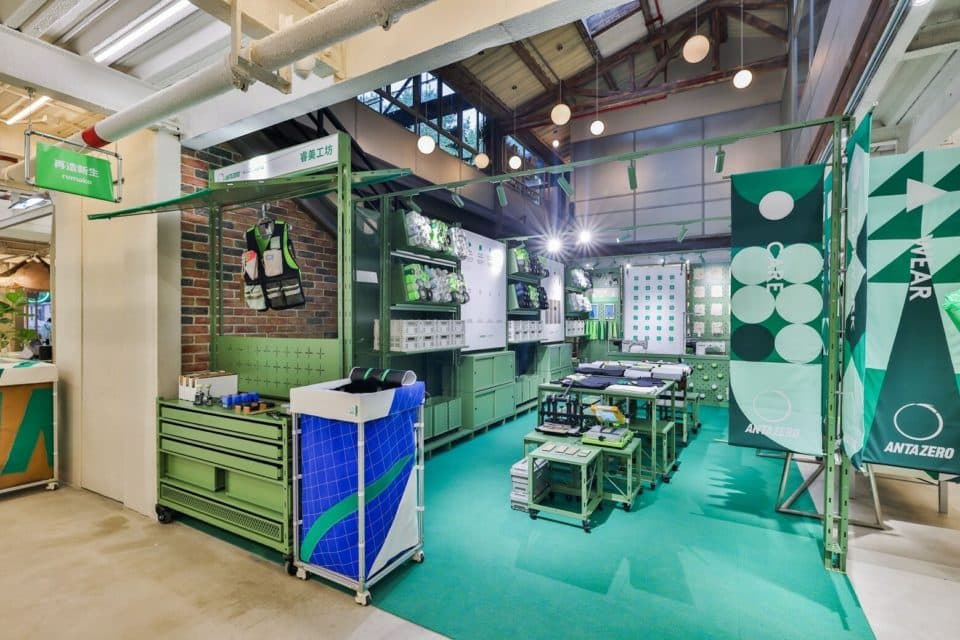36 retail execs on 2017's biggest trends
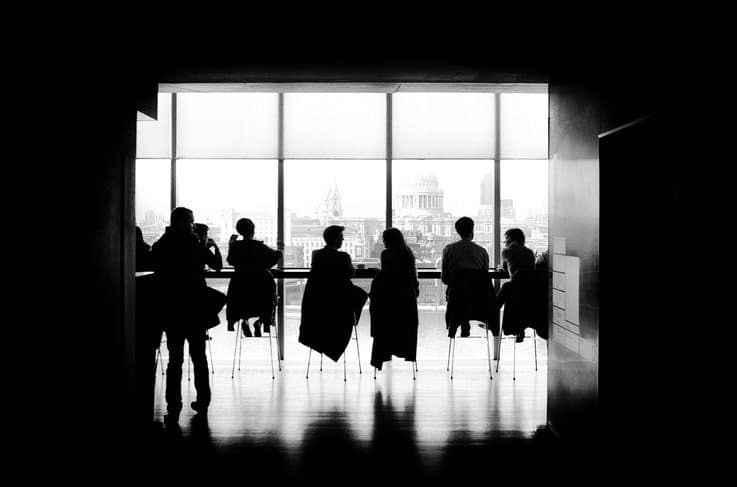
Over the course of the last 12 months we’ve spoken to 36 leading execs from retail design agencies, start-ups, tech disruptors, major retail brands and more to find out what they think of retail today – and tomorrow.
We’ve rounded up all the big talking points of 2017 to bring you their very best insights and prepare you for what’s coming in 2018.
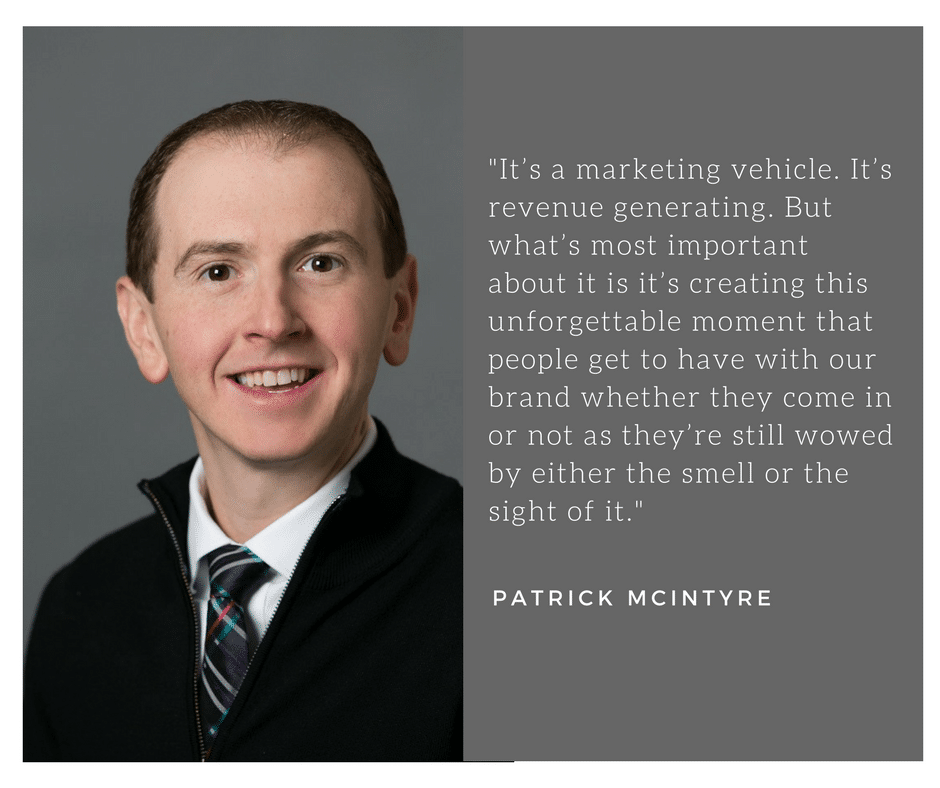
The store as brand-building
This year the humble store was simultaneously labelled as doomed and a major strategic benefit, particularly for former e-commerce only store looking to build their brand. Having a physical store can be the most effective form of marketing for a brand.
When it comes to the store as brand building, there’s no bigger example than M&M’s World. Mars’ Patrick McIntyre notes: “I think many brands, and us in particular, realised a long time ago is the impact of being able to amplify those brand attributes in an experience where someone can actually be immersed fully within that brand. It’s a marketing vehicle. It’s revenue generating. But what’s most important about it is it’s creating this unforgettable moment that people get to have with our brand whether they come in or not as they’re still wowed by either the smell or the sight of it.”
It’s a similar story for Ritter Sport’s Berlin flagship. A spokesperson says: “It supports brand recognition in Germany. It also supports to a certain extent our goal of growing internationally, since many of our customers are tourists in Berlin. Furthermore, it gives us the opportunity to present the brand to its full extent to existing customers, which at retail level is not possible.”
Its online store might be getting nearly a million visitors a month, but when it came to building the brand The Idle Man also turned to physical retail. Founder Oliver Tezcan explains: “We had always felt from the brand building perspective that having a physical space was probably the quickest way to build the brand and that’s what we’re really trying to do at the moment. I just think as a branding piece, having a store is an incredibly powerful thing.”
We Built This City has reinvented the typical London souvenir. Having started life as a pop-up, founder Alice Mayor notes that quick decision-making can pay off when building a brand: “We set up our pop-up shop in just 3 weeks from landlord pitch to doors opening… so the first thing we learnt is the power of instinct! We had no time to double-check decisions or seek expert advice so we made gut calls on everything from interiors to product curation. Two years on we are still working to some of those guiding principles and the brand is building all the time.”
Even non-retail businesses are finding that opening a store can be a powerful way to build their brand. Emily Murdock of Hoxton Street Monster Supplies, creative writing charity the Ministry of Stories’ retail arm, says: “I think this authenticity is really important, it’s not just an add-on. We are essentially putting into practice what we preach! The imagination and creativity of the products and space helps to excite people and connect them with what we’re trying to achieve.”
Sadly the lights recently went out at art gallery, retailer and members club Lights of Soho, but Alexa Pearson and Amy Harte’s insights on multi-purpose spaces still hold up: “We find the two complement each other really well, and works brilliantly. Our memberships come mainly from the gallery element, as that’s what gives us a unique edge and separates us from other local members clubs.”
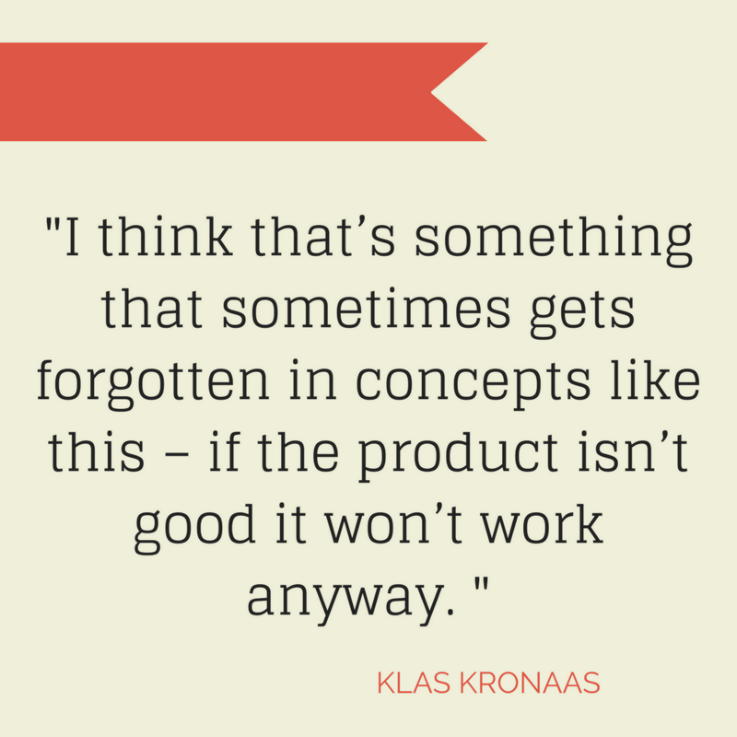
Immersive retail
Apart from building a brand, the physical store is also a way for retailers to get closer to their customers and immerse them completely in their brand. This all-senses immersion is proving particularly important for brand recognition and loyalty.
Bert Houbrechts of Bless Berlin explains: “That’s what people like who come here, everything you touch is Bless. You don’t have to ask who made this. It’s like you entered the world of Bless and everything that is in the room is Bless.”
Frederic Böert of muun agrees: “When it comes to the brand experience, I think the aim is to tell a story and to transfer the message. The physical store shares more than anything on your home page, I would say. It’s a combination of many things. It’s architecture. It’s the store design. It’s the atmosphere. It’s the smell. It’s the music. It’s of course the person talking to you.”
It’s a feeling shared by Oukan’s Alexander Danner who says that the store does things that online just can’t. “I believe that the physical store is still necessary, because this is how we sell our clothes. It could be the best picture in the world online but a picture you can’t touch. And if you touch one time in your life a good fabric, then you fall in love and then you’ll buy it. But a picture, of course you will order it but 50 per cent of the boxes you will receive again.”
Our/Berlin’s Klas Kronaas also notes that this approach doesn’t work for everything: “There are some things where you can’t be bothered to go and get it in the store and ordering online is the most convenient way of shopping. But then there is this other thing ‘I really enjoy and appreciate the craft and handiwork of these products, and I enjoy the experience of being there and I’m willing to pay a bit more for that experience’ – I think that’s what we are. This concept might not work for laundry detergent, you probably don’t want a handicraft detergent, you just want it to be there and convenient when you do your laundry.”
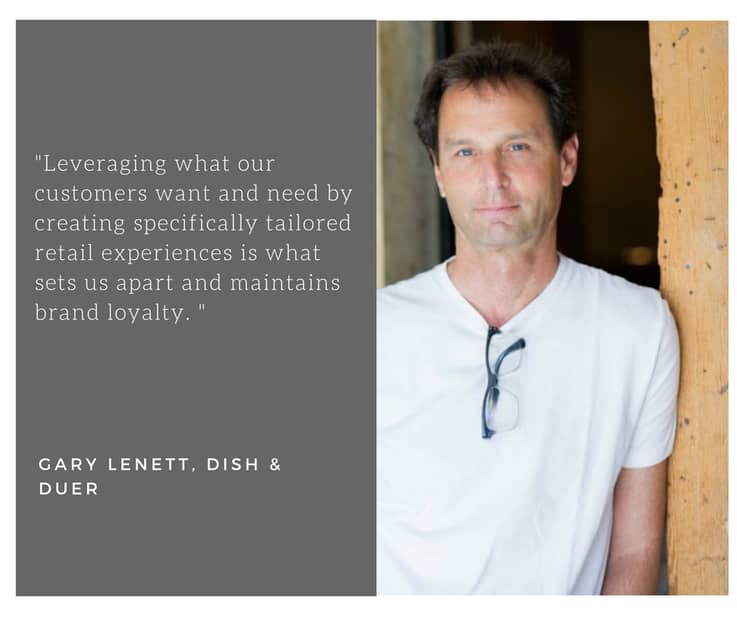
Experiential spaces
The importance of the in-store experience continues to grow as customers increasingly expect reasons other than products to go in-store. When the store isn’t just about selling, it dramatically widens the possibilities of what you can do in the space.
As Melissa Snover of 3D printed sweets company Katjes Magic Candy Factory notes: “People want a memory. The emotion that accompanies normal shopping is almost gone and so we are trying to give people a memorable experience when they shop. Being able to delight and entertain your children, it’s that’s hard to do, and moms and dads have to do that every day.”
F3G’s Russ Ronchi believes experience is really shaping the way stores function: “More of the retail space is dedicated to experience than is dedicated to products. That’s really where we see the store in the future going. It’s not about how many pieces of clothing or shoes you can stick on the wall. It’s about experience that drives the brand and ultimately the purchasing of the product.”
Having turned his store into an indoor playground, Dish+DUER founder Gary Lenett also highlighted the importance of experience. “We wanted to create an un-store-like experience as much as we could. Most of our staff would rather be out adventuring than shopping, so we wanted to give people the chance to do both at the same time – plus give our customers the ability to really experience the flexibility and the movement that make our clothes so unique.”
Kochhaus has completely changed the idea of grocery shopping with its shoppable recipe approach. A spokesperson explains why this experience is so important: “We want to show people how great cooking is. Therefore, we think that our stores are a good way to deliver that message. We decorate and choose the products we sell in a thoughtful way and hope that our design and layout encourages people to try out our recipes or some of our other products.”
While a lot of retail feels under pressure from Amazon, Spruce’s Taylor Romero is not so worried: “Amazon has zero concept about the things that make retail strong and it is so counter to Amazon’s culture to put people where they could put a machine that Amazon doesn’t stand too much of a chance in retail unless they purchase someone who already understands the value of the experience.”
The ultimate experiential space was The Inutilious Retailer where nothing was for sale and nothing was as it seems. Mastermind Adrian Wilson notes that retail experiences shouldn’t end with the customer buying something: “My store was designed to help people. If a retailer really cared about the proposal, or how the party was in that dress you bought, selling the item would not be the end of the story. It would be the beginning. Because once you signed that credit card bill, all interest in you from the salesperson vanishes, the customer knows all that champagne and feigned interest was just to close the deal. It was all about the money.”
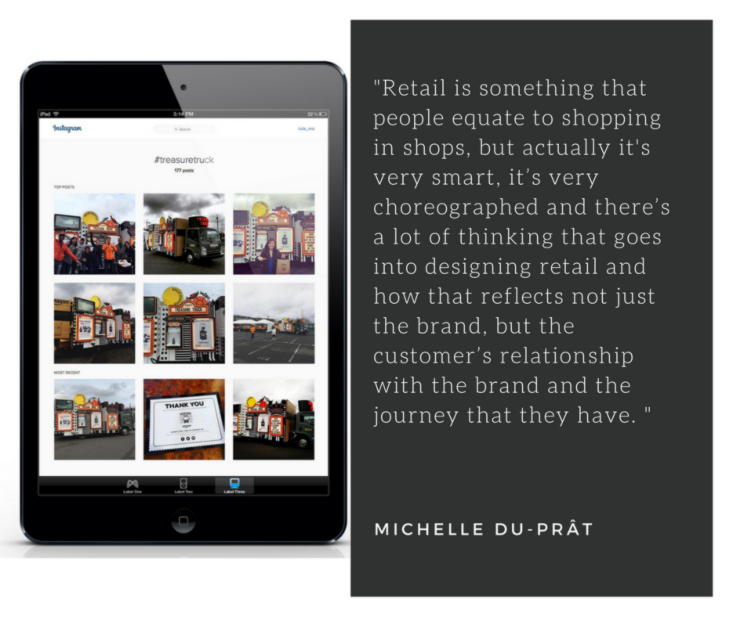
Designing retail culture
Where new stores are opening, the design is being influenced by all of these factors from technology to experience. It has also become less about designing individual stores, and more about designing brand culture.
As Michael Sheridan of Sheridan Design notes: “The most successful customer experiences are consumer driven. Sounds obvious, but every touch point must have the consumer at the heart of the brand and decision. For instance, you wouldn’t have a Snapchat driven retail strategy for a demographic that doesn’t use the platform.”
Sergio Mannino of Sergio Mannino Studio believes retailers need to focus on experience in their store design: “There is no competition between internet and stores, it’s all one thing. I’m sure in five years you’re not going to go to the grocery store to buy paper towels, shampoo etc. You’re going to get it all online. You take those daily essentials out and what remains is the real reason that you go to a store – experience.”
Additionally, Household Design’s Michelle Du-Prât notes how the broader concept for retail design is changing: “Retail is something that people equate to shopping in shops, but actually it’s very smart, it’s very choreographed and there’s a lot of thinking that goes into designing retail and how that reflects not just the brand, but the customer’s relationship with the brand and the journey that they have. We’re beginning to look at a space that we’re defining as ‘designing retail culture’ and that means we are creating places where people and brands are going to come together on more equal terms.”
When it comes to creating a specific brand identity such as at the new Missguided physical stores, Dalziel+Pow’s Sarah Fairhurst and Juan Diaz del Castillo highlight bridging the online and offline world: “This is the first store ever, so there were no preconceptions. It was important to create something that was new, captivating and brings the online experience into the physical store. Social spaces that the target audience can identify with were very important.”
JHP Design’s Steve Collis also believes in using design to communicate the brand effectively to customers: “Every brand has it. The Cinderella protocol is about where are you taken and who do you become? Cinderella got turned into a princess and was taken to the ball. Any good brand tells you that you are someone and takes you there. We always look at what’s the message, what’s the story. Can we actually tell from what we’re designing who we are telling our customers they are and where we’re taking them and where if they buy this product they will be in their life? What dreams are we fulfilling?”
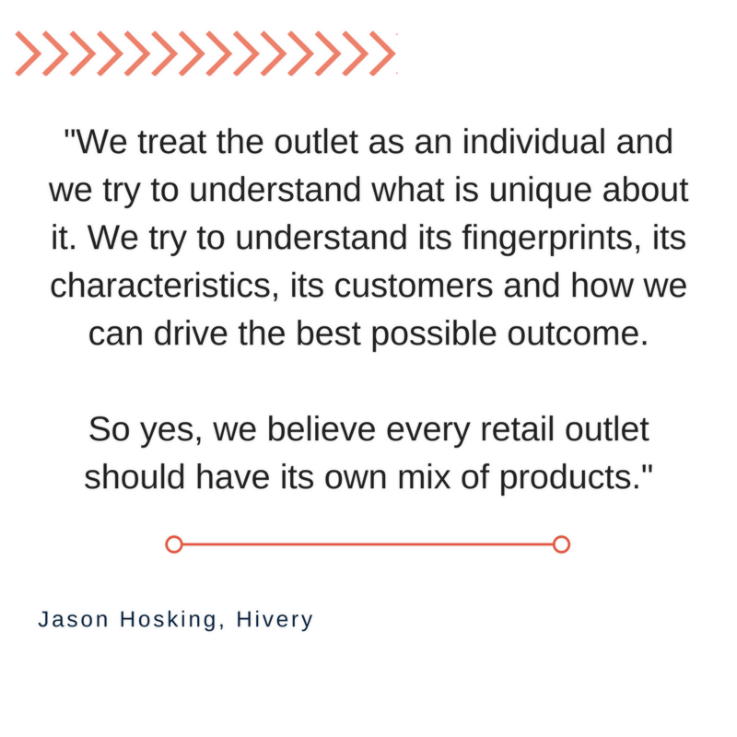
Disruptive technology
Technology continues to change the way we shop, whether online or in-store. AI, the Internet of Things (IoT) and chatbots are all key developments as highlighted by ELEKS’ Pavlo Khliust.
“The world is heading towards globalisation, and retail is not an exception. We believe that the future of retail is going to be strongly connected with the technologies that will eliminate the impact of uncertainty, distance and time. Those technologies will delete the boundaries between customer, retailer, supplier and manufacturer, everything that relates to cost optimisation and global sales. It’s going to be big data analytics, machine learning, the IoT, and robotics, speeding up payment and shopping time with artificial intelligence or assisted shopping.”
Meanwhile, Pilgrim Beart of DevicePilot questions why stores haven’t got smarter yet: “Shops are just buildings, there’s not much that you can do with that. There’s no limit in the way that you can change the technology in them and I think that’s where most of the innovation will happen. When I go into a store, why can’t they laser scan me and offer me jeans that will fit me perfectly? It’s entirely doable now. So why doesn’t it happen?”
By the same token, Hivery’s Franki Chamaki and Jason Hosking note that retailers should, and could, be thinking about their retail spaces as individuals. “With modern technologies and modern tools we can tell you what to do in each one of those stores for maximum profitability based on that store. All you need to do is give that to the staff to go and do it. This breaking down of barriers to start thinking that every outlet should be different is a big leap, because it often goes against decades of thinking.”
Additionally, Nick Ashmore of ResponseTap believes that retail needs to be even more ready for technology: “The retailers that are thriving, are those who don’t disregard technology for fear of its impact or short-term inconvenience. And they’re also who introduce technology for the right reasons, not just for the sake of it – they integrate it because it is a great fit for their target audience.”
Dropit’s Karin Cabili sees tech as enabling better retail experiences for customers if used correctly: “We are here to connect businesses and create market space that digitalises the physical world of experience. It’s all about integration with the consumer to really understand how we can help the experience and save time and make it about the shopper.”
For DSYNC’s Simon Church it’s less about one technology and more being ready to respond to any development. “It’s interesting to see how every year there seems to be a different flavour in the market. Traditionally, there’s always been the fundamentals, there’s going to be different systems that offer the best of breed things.
My focus right now is just on connectivity, and no matter what the next flavour of the month is or year is we want to be able to connect that into all of the existing network.”
Elsewhere, Nedap’s Jeroen Struycken sees technology as changing the retail experience to be personal to each customer: “I think the technology is going to be in the world of the personalised shopping experience. That is not only to do with RFID. In the end, it’s going to be the brand experiences that are going to build up an environment where you aren’t necessarily going to buy, you’re going to be inspired. You’re going to want to be there, and you’re going to be loyal to the brand because it serves you. Whether that’s online or offline, you don’t really care; it’s the same to you because it’s the same brand.”
Over at Proximity Insight Cathy McCabe highlights how technology can even out the retail experience to the customer’s benefit: “As a consumer I don’t think you have the desire to be treated any differently just because you happen to be in a high-end store. It’s that democratisation of the experience, which technology today can enable.”
Technological developments are also changing the world of logistics as Jeremy Biron of Forecastly notes: “Developments on the supply-side affect the replenishment process more than on the consumer-side. However, faster consumer shipments mean that retailers need to react quickly to changes in demand. Products ship out the door more quickly, and that leads to a higher chance of not being able to replenish inventory soon enough.”
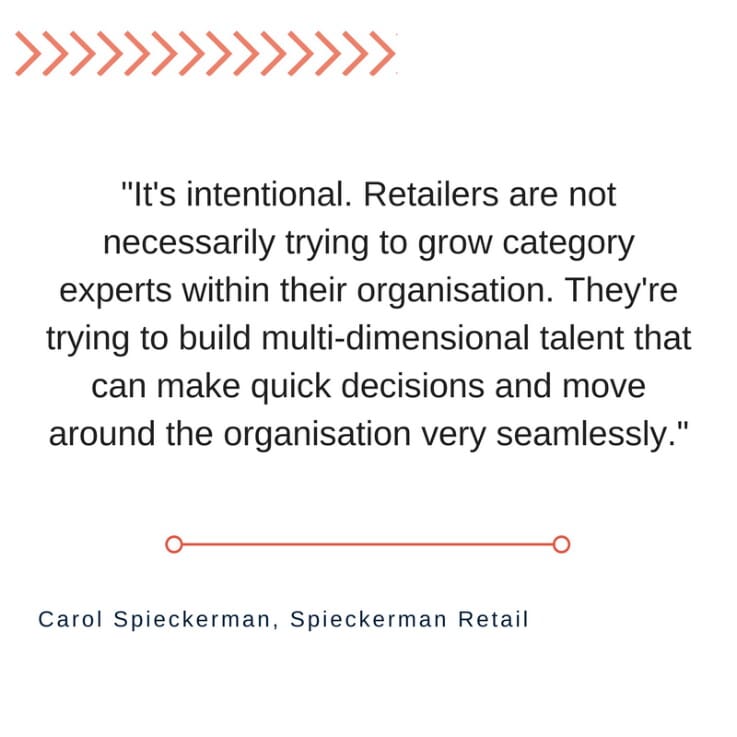
High-level trends
Some trends are bigger than others. As to what will be defining the next few years in retail Spieckerman Retail’s Carol Spieckerman’s notes that no two retailers will be doing the same thing: “I think the mistake that gets made is that everyone assumes that retailers are just responding to what consumers are doing and that that’s the role of the retailer.
In a way it becomes “if you’re talking about consumer behaviour by default you’re talking about retailers”. And that’s not true because retailers are their own unique entities and they have their own strategies. And no two have the same strategy these days. They’ve got so many options at their disposal that they actually have never been more different in terms of the approaches that they’re taking.”
In the world of logistics SprintPack’s Peter Somers predicts fast services becoming the standard: “I believe that in three years from now, same-day delivery will be the new norm. That means that the whole logistics chain will need to change because currently everything is based on an overnight system in transport, in distribution, in the warehouse, and that won’t be the case anymore.”
Elsewhere, Shackleton Property’s Tony Moore sees big changes in the retailer-landlord relationship: “I think there will be a general trend for landlords to understand their retail occupiers’ businesses better to get closer to them. Because we’re in central London and retailers and restaurants are such big value drivers in terms of the amounts of rental income that they’re getting from them, they have to be aware of them. If they understand how those businesses make money, then they’re going to benefit further from sharing in that profit.”
Hal Watts of Unmade sees technology impacting the personalisation sector more heavily with numerous benefits: “If you’ve been involved in the creation of your product, it’s very different than buying what was on offer. The return rates we’ve seen on custom products have been under 5%. The typical return rates in fashion are 30 to 40% for online purchases. I think it really does create a different level of involvement from the customer and the product.”
Meanwhile, Shing’s Alexander van Riesen sees further model disprution: “I think brands that are innovative will launch an access model. The challenge a brand will have is that their current business model, their current incentive system, their current distribution chain is for an outright sale.”
Ultimately though, as Appear Here’s Elizabeth Layne notes, retail will continue to change: “I think also both brands and landlords are starting to rethink what retail is. There’s always buzzwords like omnichannel, and for us it’s really just retail and different ways of looking at it. I think some brands might be looking at retail as media space, others might be using it as a way to launch a product, others maybe to connect to customers for the first time, but really, it’s all just retail.”
Get your copy of our free top 50 retail experiences report and start getting ahead.
We’ll continue to bring you top insights like these through the coming year. If you want more content like this, or to keep up with the latest retail trends, click here to join our community.

